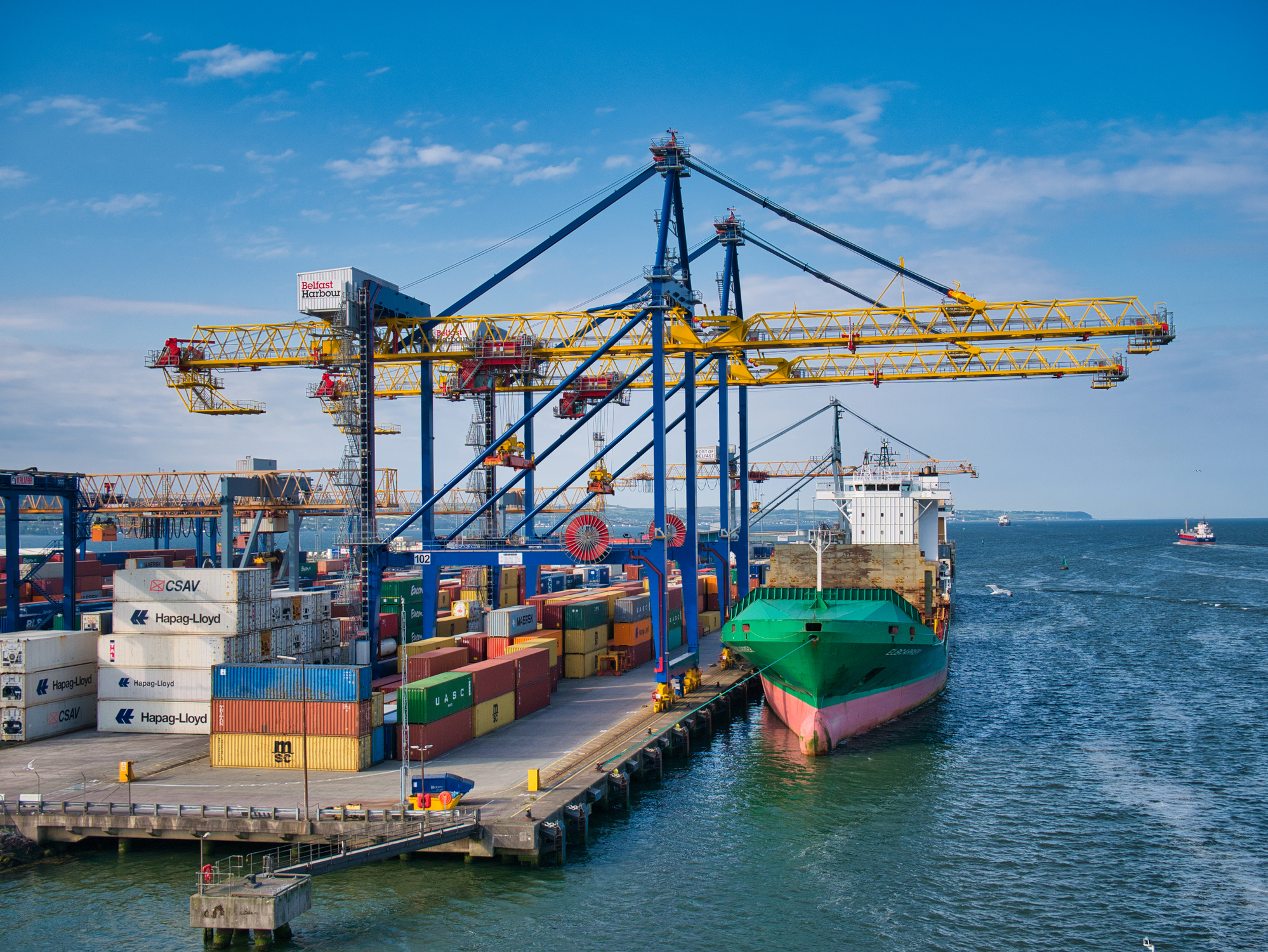The Windsor Framework’s red and green lanes have finally come into force – but, so far, the response has been mixed.
Designed to cut border delays between Britain and Northern Ireland, the latest phase of the Windsor Framework was rolled out on Sunday 1st October.
Here’s what you need to know about the new initiative and its reception so far:
- What is the Windsor Framework?
- The Windsor Framework’s proposed trade routes.
- What are people saying about the Windsor Framework?
- Smoothing the transition.
What is the Windsor Framework?
The Windsor Framework is designed to address Northern Ireland import protocols following Brexit. It was announced in February 2023 and formally agreed by the UK’s Foreign Secretary, James Cleverley, and Vice-President to the European Commission, Maroš Šefčovič, in March 2023.
The agreement is intended to tackle the practical problems created by the Northern Ireland Protocol. This piece of legislation helped to avoid a hard border on the island of Ireland, but essentially created one between Northern Ireland and the rest of the UK, causing problems with trade.
It was hoped that the Windsor Framework would facilitate simpler, smoother trade between Northern Ireland and England, Wales, and Scotland. Before its introduction, goods entering Northern Ireland from the rest of the UK had to be thoroughly checked at the border in the Irish Sea.
The Windsor Framework’s proposed trade routes
To minimise bureaucracy at the borders between Northern Ireland and the rest of the UK, two trade routes have been introduced as part of the Windsor Framework:
Green lanes
Goods that are shipped to Northern Ireland from the rest of the UK will go via a green lane at Northern Irish ports. Here, only the bare minimum checks will be carried out, meaning minimal paperwork, less intensive search processes, and lower costs.
It is, however, only accessible to trusted traders.
Red lanes
The Republic of Ireland is still in the European Union, and so requires different trading checks. However, goods shipped into Ireland from Great Britain will still have to pass through Northern Ireland, which left the EU along with the rest of the UK.
So, these goods will go via a red lane, and existing customs procedures and document checks at the border will remain as they are.
What are people saying about the Windsor Framework?
Despite early-stage optimism and ongoing hope from some politicians, sentiment within the Logistics sector itself is less positive.
According to Nichola Mallon, Head of Trade and Devolved Policy at Logistics UK and former Northern Ireland Infrastructure Minister, the changes are a “huge learning process” that Logistics organisations are “not fully ready” for.
Similarly, Sarah Forsyth from Golden Acre Foods has said that the framework “is certainly more complex than what we’re doing at the moment”.
Still, it’s far from wholly negative. Support initiatives have been announced by the government to the tune of £50 million, to help businesses with the costs associated with producing new labels. There’s also the Movement Assistance Scheme, which cuts the fees associated with the inspections and paperwork required under the Winsor Framework.
Smoothing the transition
If you need more support to make your organisation’s adoption of the Windsor Framework smoother, we can help.
Make sure you have professionals on board who can make the transition to smoother trade simpler.
Gain access to industry-leading talent that meets your needs – pick a recruitment partner with a finger on the pulse of the Transport and Logistics sector.
Contact us today:
Call us: 0333 360 1100
Email: info@aspion.co.uk





